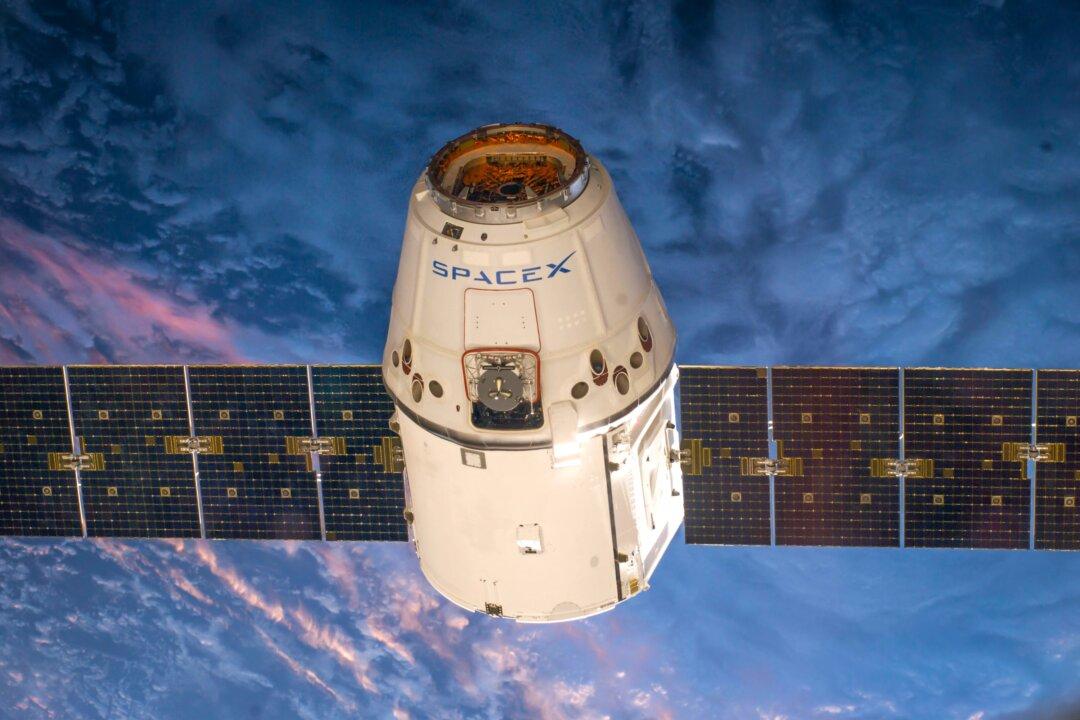The commercial space industry has hit a rough patch. The dramatic June 28 explosion of SpaceX’s Falcon 9 rocket—meant to deliver supplies to the International Space Station (ISS)—was the third private spacecraft in a year to meet with disaster.
Last October, Orbital Sciences Corp.’s Antares rocket exploded seconds after liftoff, crashing back into the launch center in flames. Three days later, a test flight of Virgin Galactic’s SpaceShipTwo broke up over the Mojave Desert killing one pilot and seriously injuring the other.





